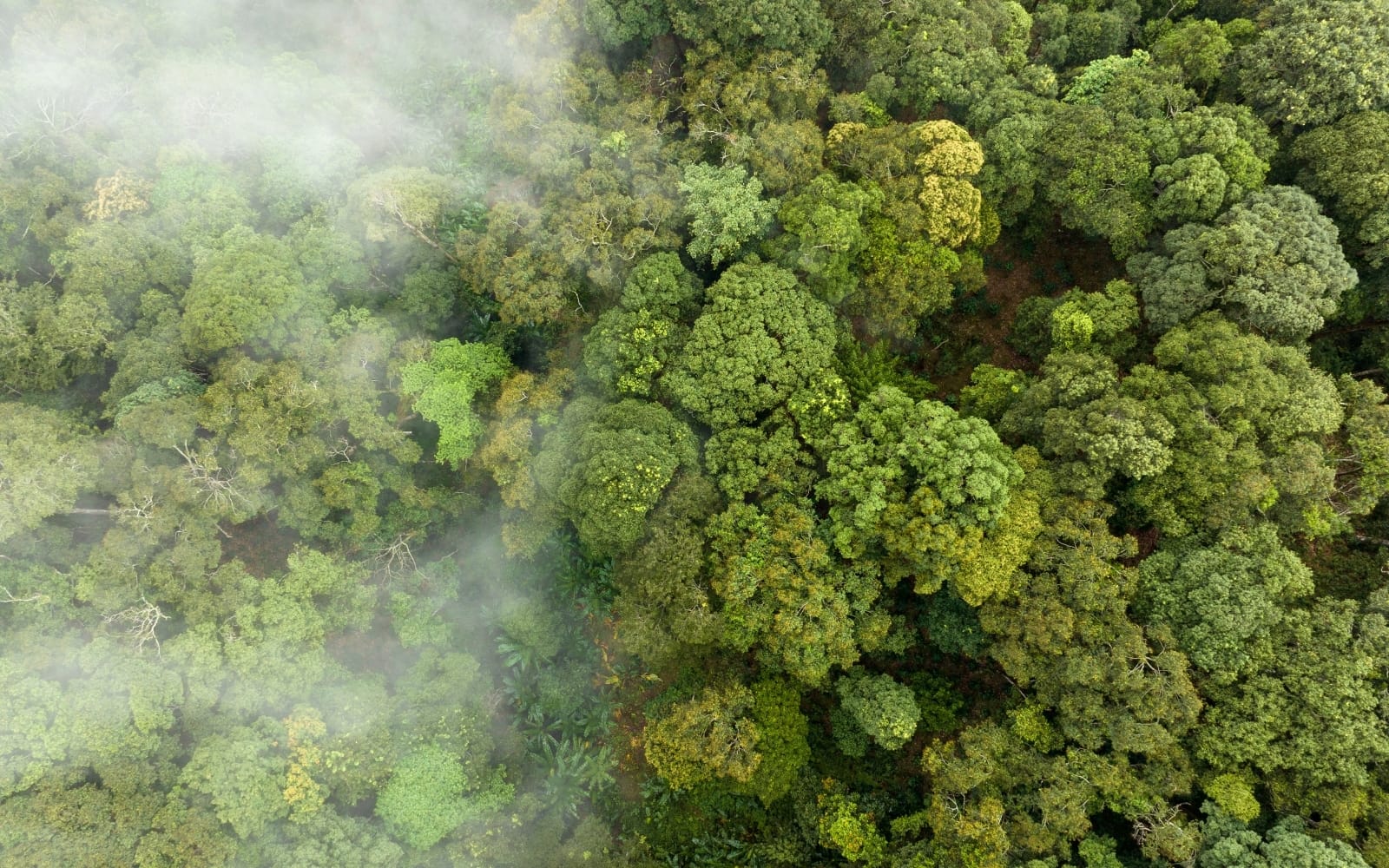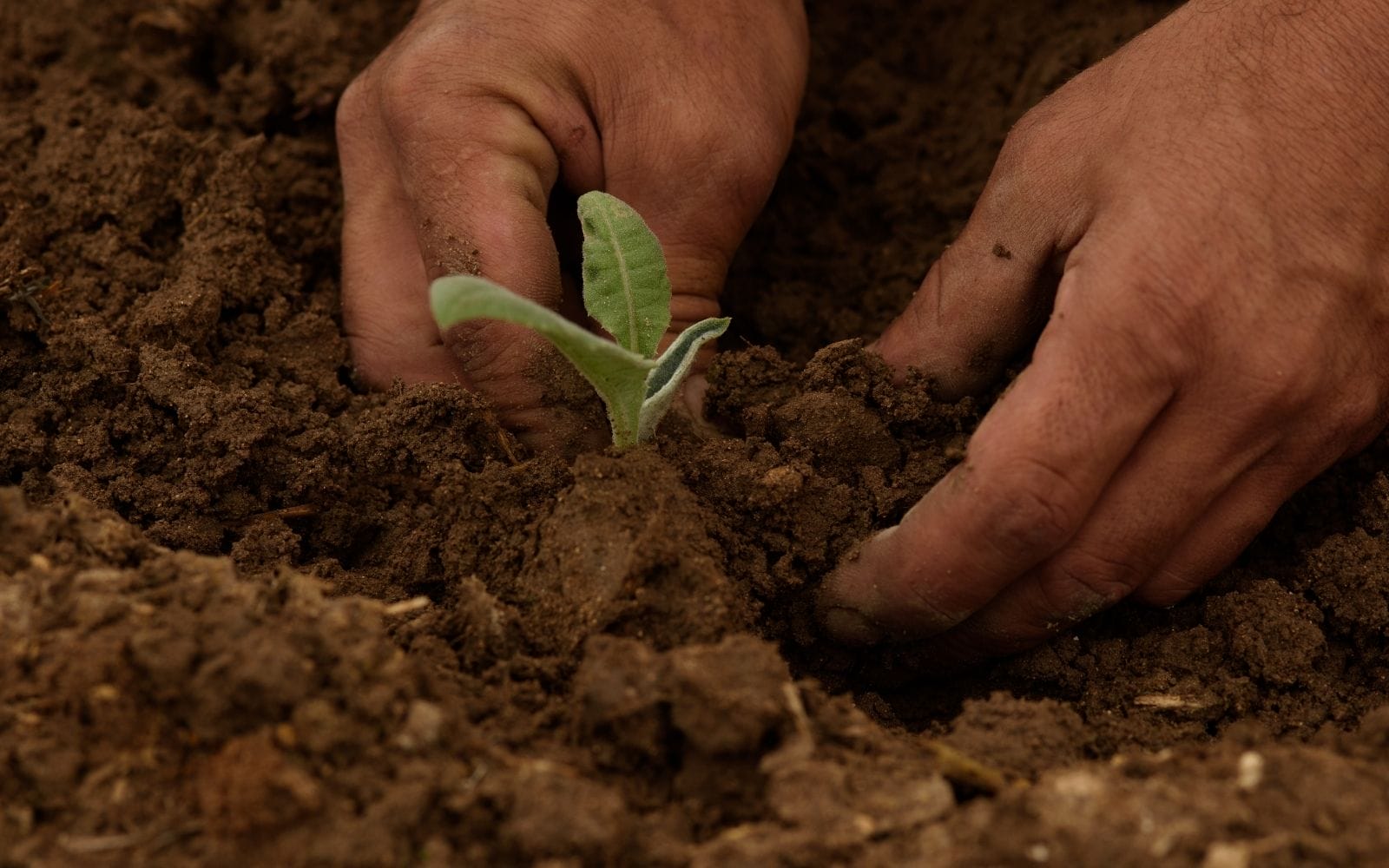A plant canopy imager has become a core tool for crop scientists who want quick, reliable leaf area index (LAI) measurements in the field. Many research teams now debate whether handheld canopy instruments or drone-based LAI models offer better value. Both approaches collect important canopy structure data, but they differ in cost, accuracy, workflow, and… Continue reading…
What Affects Leaf Area Index Estimation Accuracy in Field and Remote Methods?
TLDR Leaf area index (LAI) field methods are classified into two categories: destructive, direct methods and non-destructive, indirect methods. LAI estimations by the indirect method across the ecosystem, plant, and species are lower than those obtained directly. Clumping, non-random leaf distribution in the canopy, seasonality, and inadvertent inclusion of contributions by woody parts can affect… Continue reading…











